Several years ago, when I was starting to branch out in my home film developing, I would try a lot of different, strange, and odd-ball developers. Sure I went with the basics, D-76, HC-110, Rodinal. But as I continued to listen to the Film Photography Podcast, I started to get my hands on stranger items, PMK Pyro being the first speciality developer and from there Pyrocat-HD which has become a fast favourite. But then I heard Matt talk about a developer call FA-1027. The next trip I made to New York City, I popped into B&H and got myself a bottle. Sadly I have only ever used a single bottle of the stuff, but it has left a lasting impression. FA-1027, sold by Fine Art Photosupply is based on, if not the same property, as Clayton F76+, which is used by one of the best mail-in photo labs in North America, Old School Photolab. And while the technical datasheet might seem pretentious to the average user and beginner photographer it shows off exactly what the developer is and can do, but I will get into that later in this review. In short, FA-1027 is a fine-art developer, designed to give the best results in edge sharpness and tonal separation with a few other tricks thrown in for good measure.
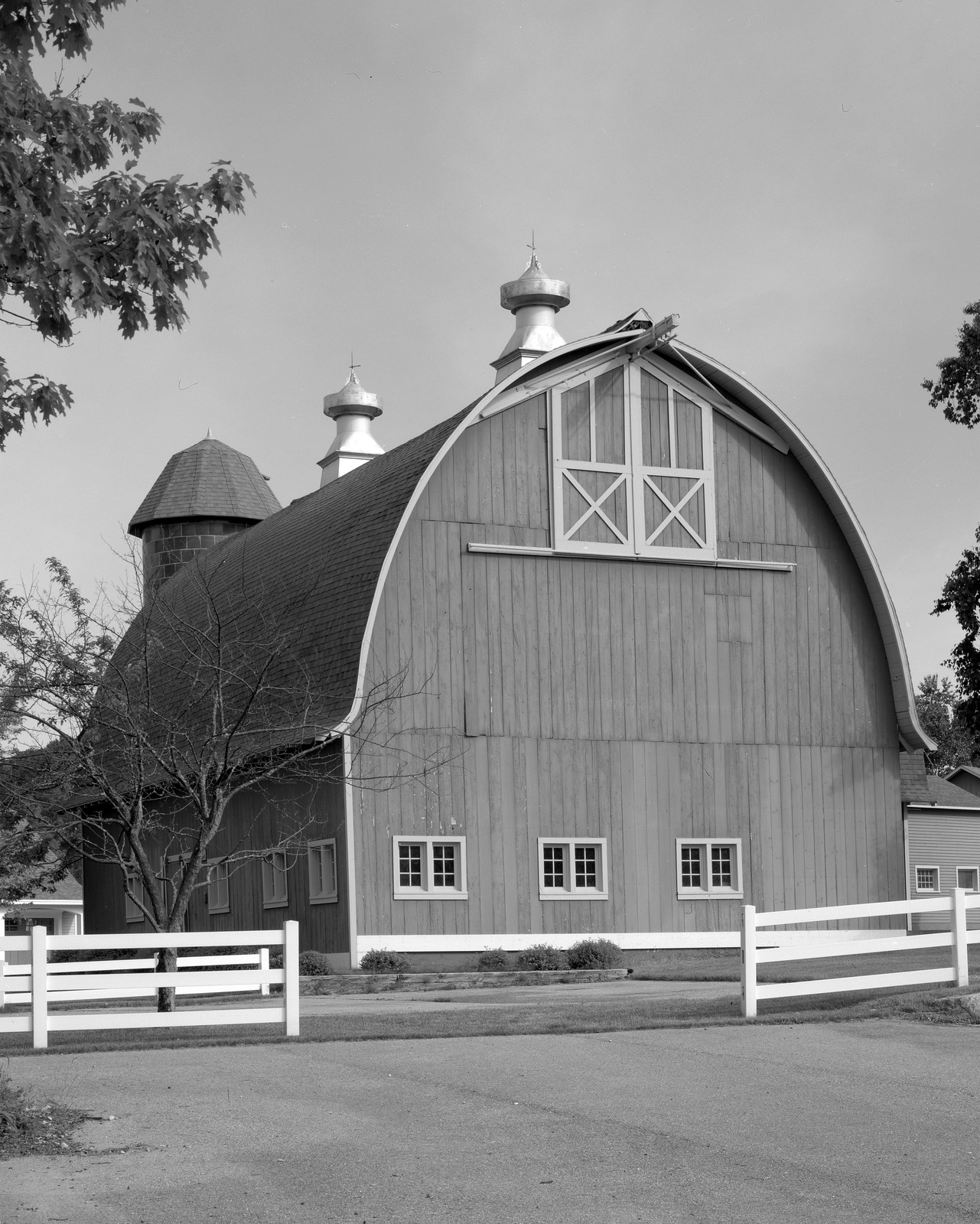
Technical Details
Manufacturer: Fine Art Photosupply
Name: FA-1027
Primary Developer: Hydroquinone
Type: One-Shot
Mix From: Liquid
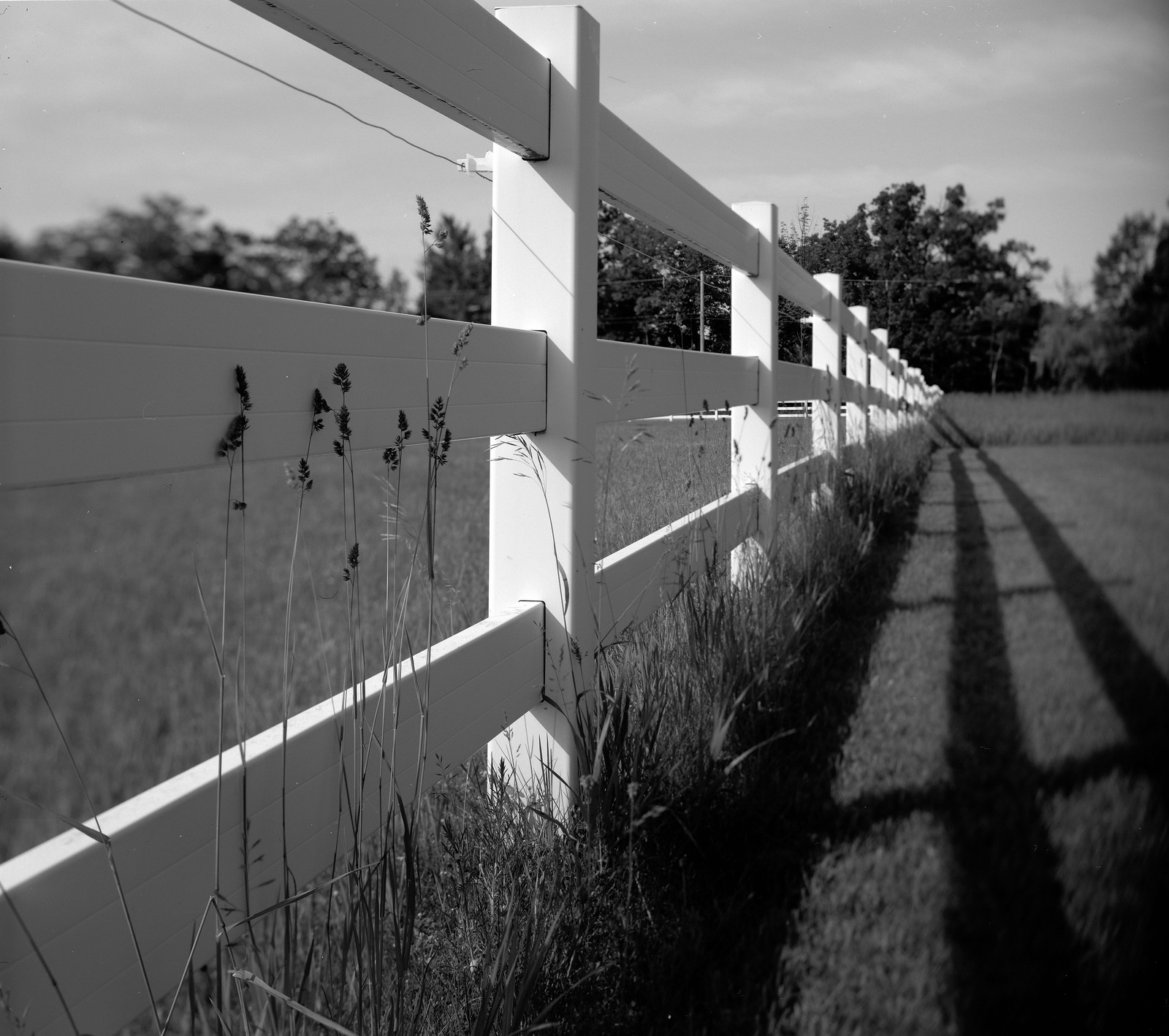


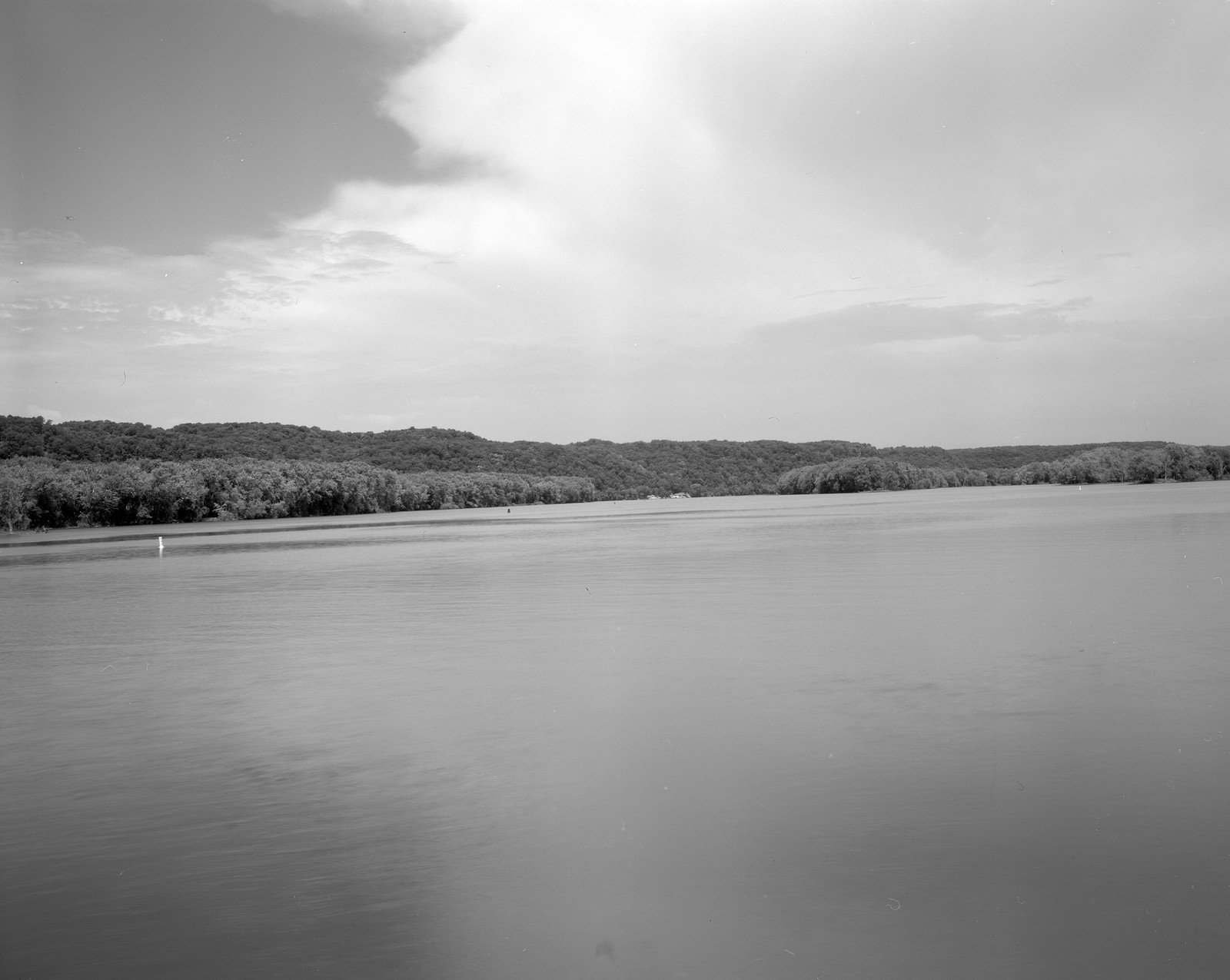
Handling
As a liquid developer, FA-1027 is easy to handle; it pours well and is nearly bulletproof. I worked with my bottle over a year and a half, and it never went wrong. The technical details give the concentrate a shelf life of two years, which isn’t Rodinal levels, but still pretty good for a liquid concentrate. The dilutions are reasonably uniform, the two common ones are 1+9 and 1+14, but you can go even more dilute to 1+19. And throughout working with the developer, I did use all three dilutions but found my best results were with the higher dilutions of 1+9 and 1+14.

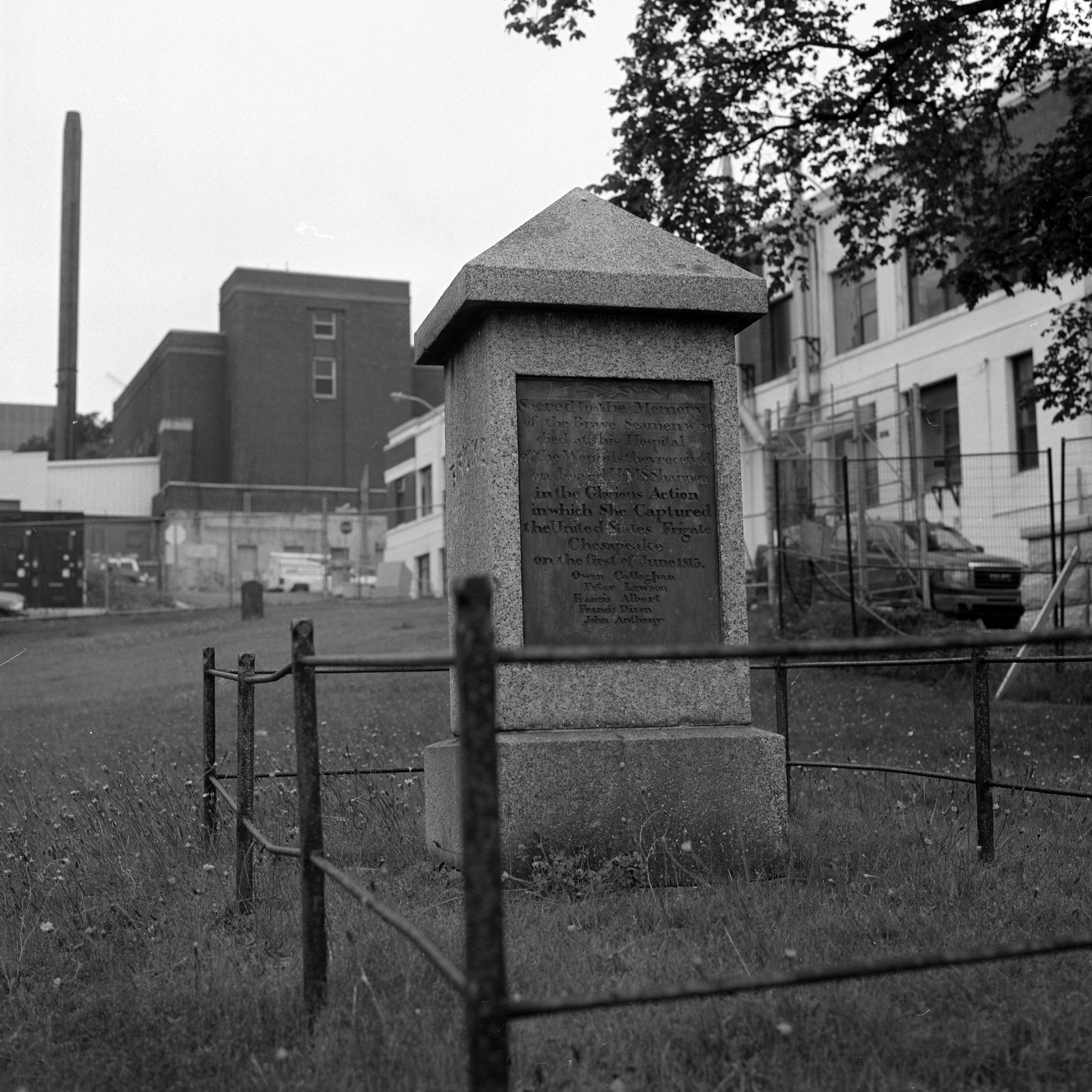
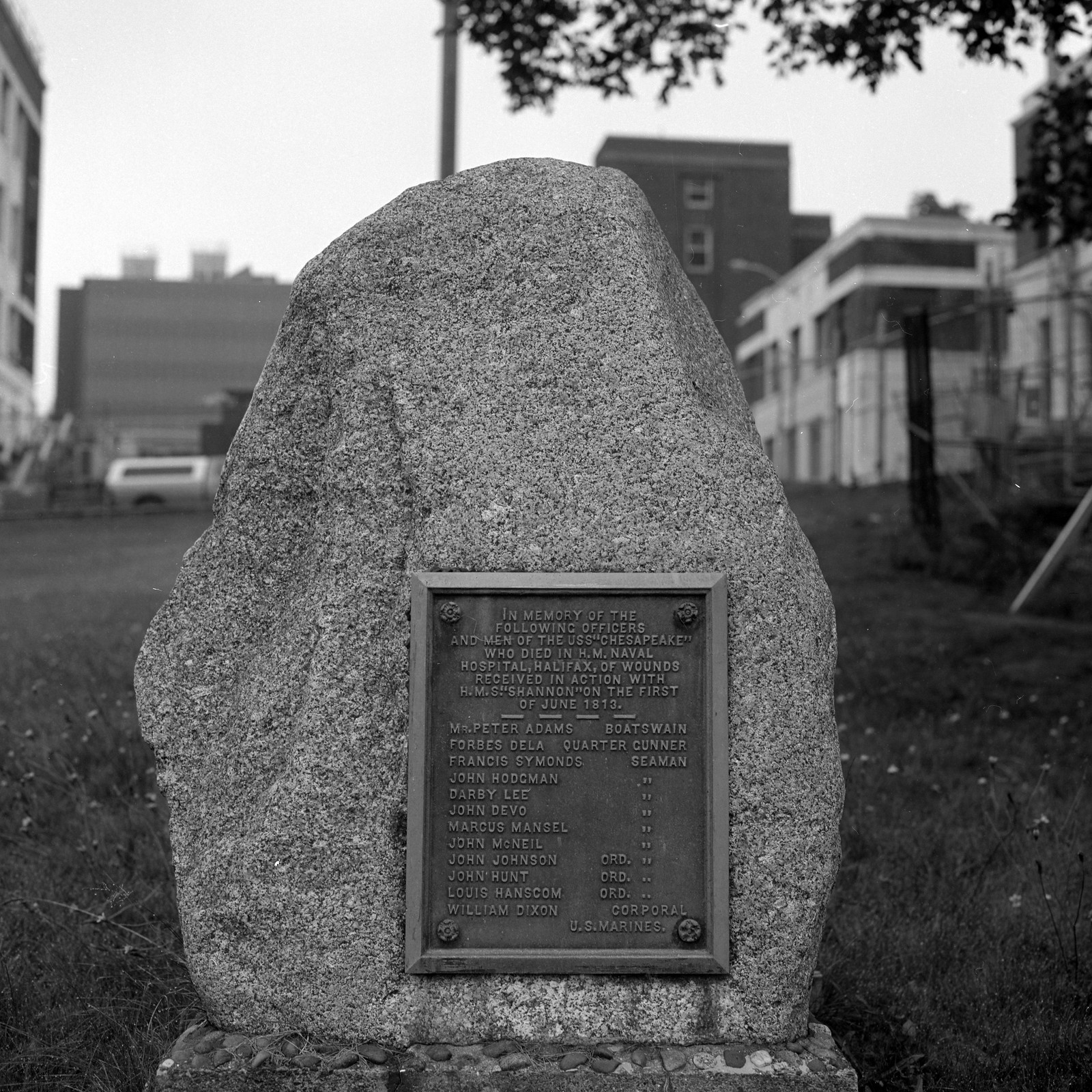

Applications
If you’re looking for a developer that is designed to produce the best negatives for darkroom printing, then FA-1027 is that developer. Designed to deliver the best possible negative with hard edges along with the grain structure and excellent separation of tones. It will certainly make for easy to print negatives, especially when trying to find those pesky crystals in the grain focuser. Having some level of compensation, FA-1027 suits itself well to those who practice with the zone system. But if you are also shooting a lot of large format, a bottle of FA-1027 will also provide an economic developer for your sheets, with 100mL of concentrate being able to develop six sheets of 8×10 or 24 sheets of 4×5 and the bottles hold 1L of concentrate. And the type of film doesn’t matter, both modern T/Delta Grains or Cubic grain films respond well. Some of the best films I found are Delta 100, TMax 100, and Fuji Acros 100. It also does an excellent job with expired film; the reason is that FA-1027 includes two restraining agents, Potassium Bromide and Benzotriazole. It’s the Benzotriazole that is key as it acts as a fog reduction agent.

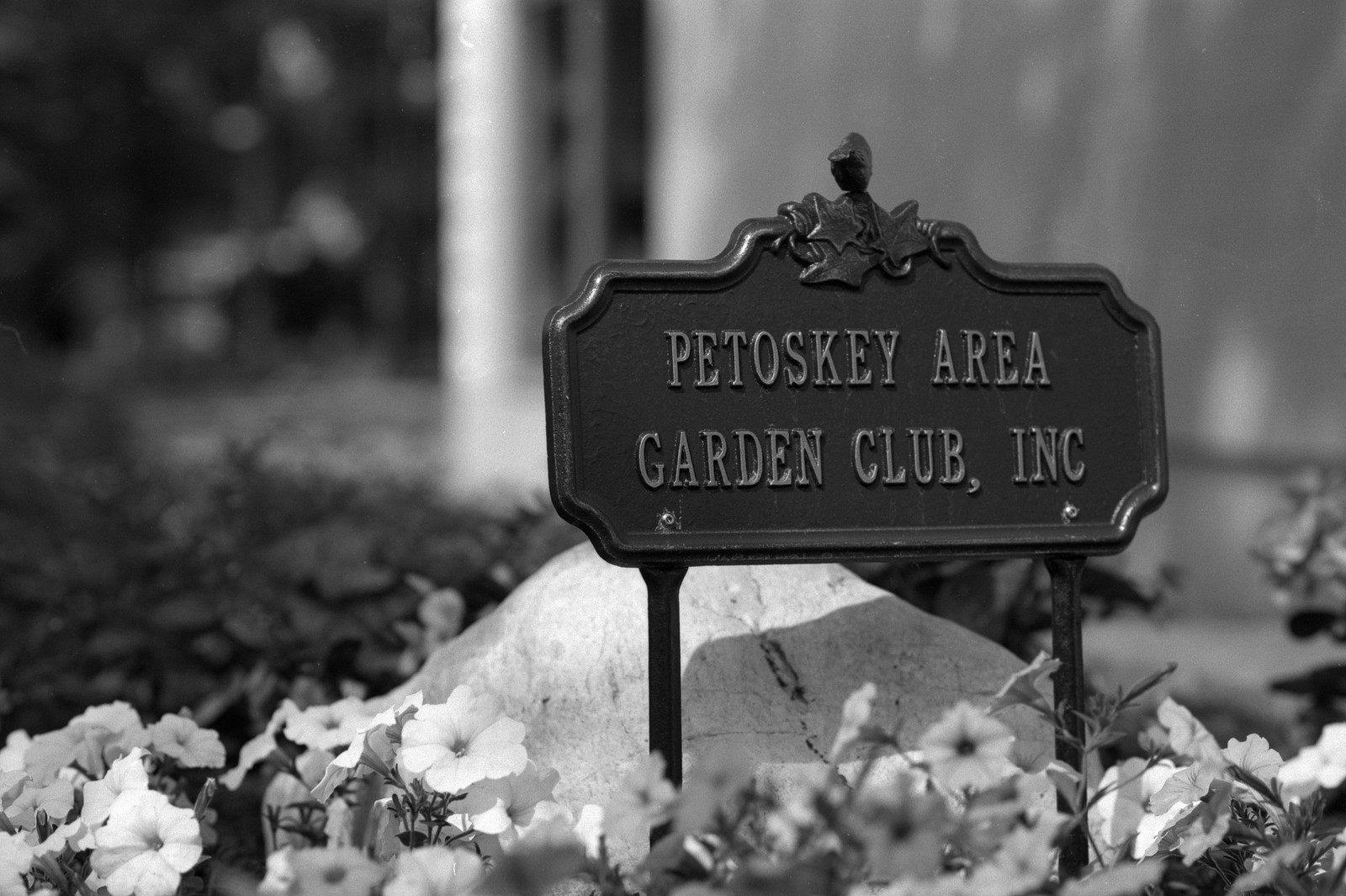


Qualities
As I have eluded to earlier in this review, FA-1027 is designed to be a fine art developer, hence the FA in the name. When it comes to sharpness, FA-1027 will give you a hard edge or high acutance. You’ll gain a significant level of detail and edge sharpness, and you’ll see in all films. While you will find your images sharp, you will see an increase in grain; I saw this explicitly working with Eastman Double-X, which isn’t exactly known for having fine-grain. With larger negatives and finer-grained films you won’t see the effect, you’ll still maintain that desired edge sharpness, and less in the way of fuzziness that you get from developers like Microdol-X or Kodak D-23. Thanks to the compensating nature of FA-1027, you do get excellent tonal separation on any film you run through it, making it perfect for that zone system. And with these excellent tones, you get a wonderful contrast. All three these qualities together make any well exposed negative perfect for throwing in the enlarger and make a print.
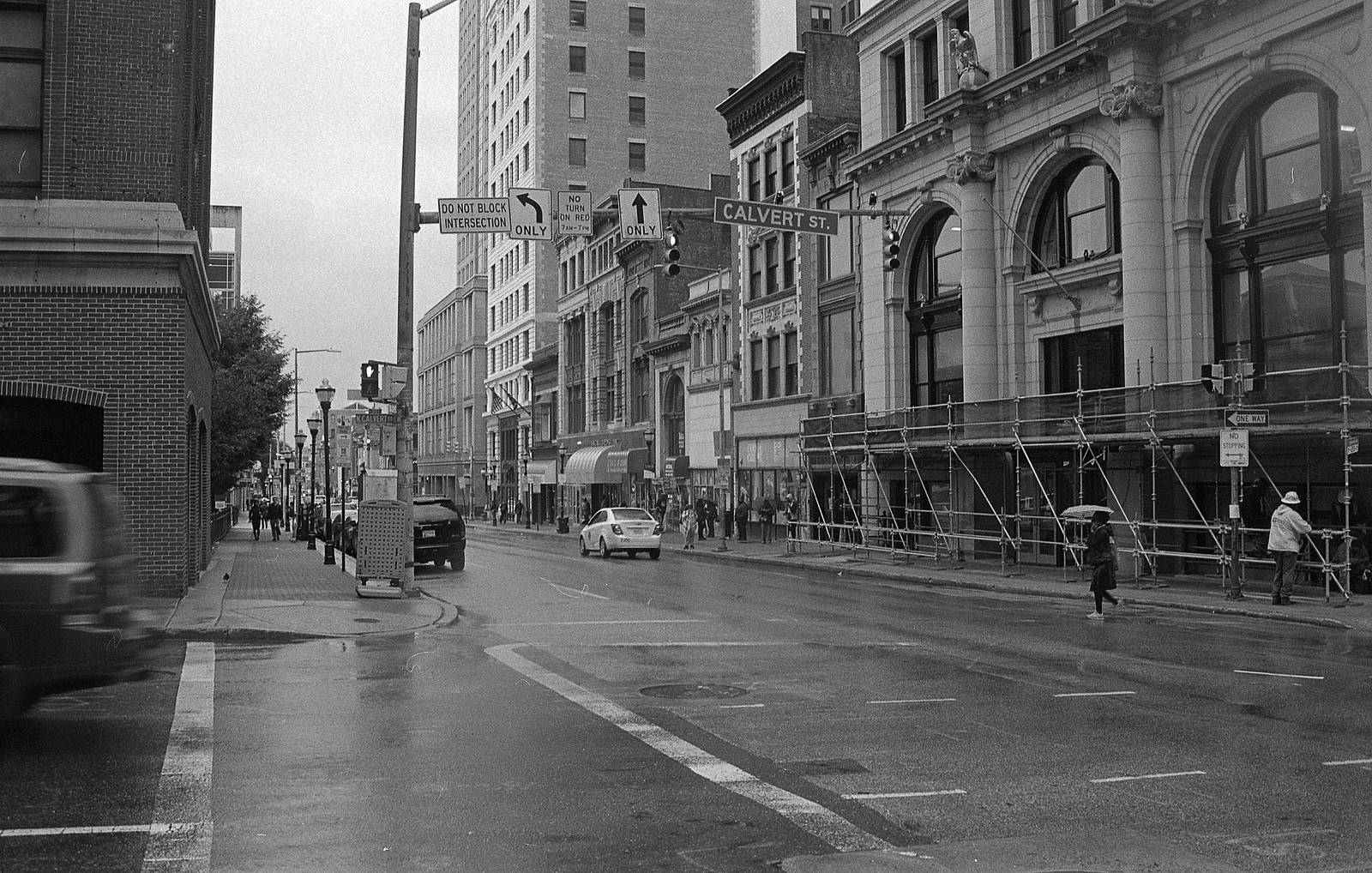
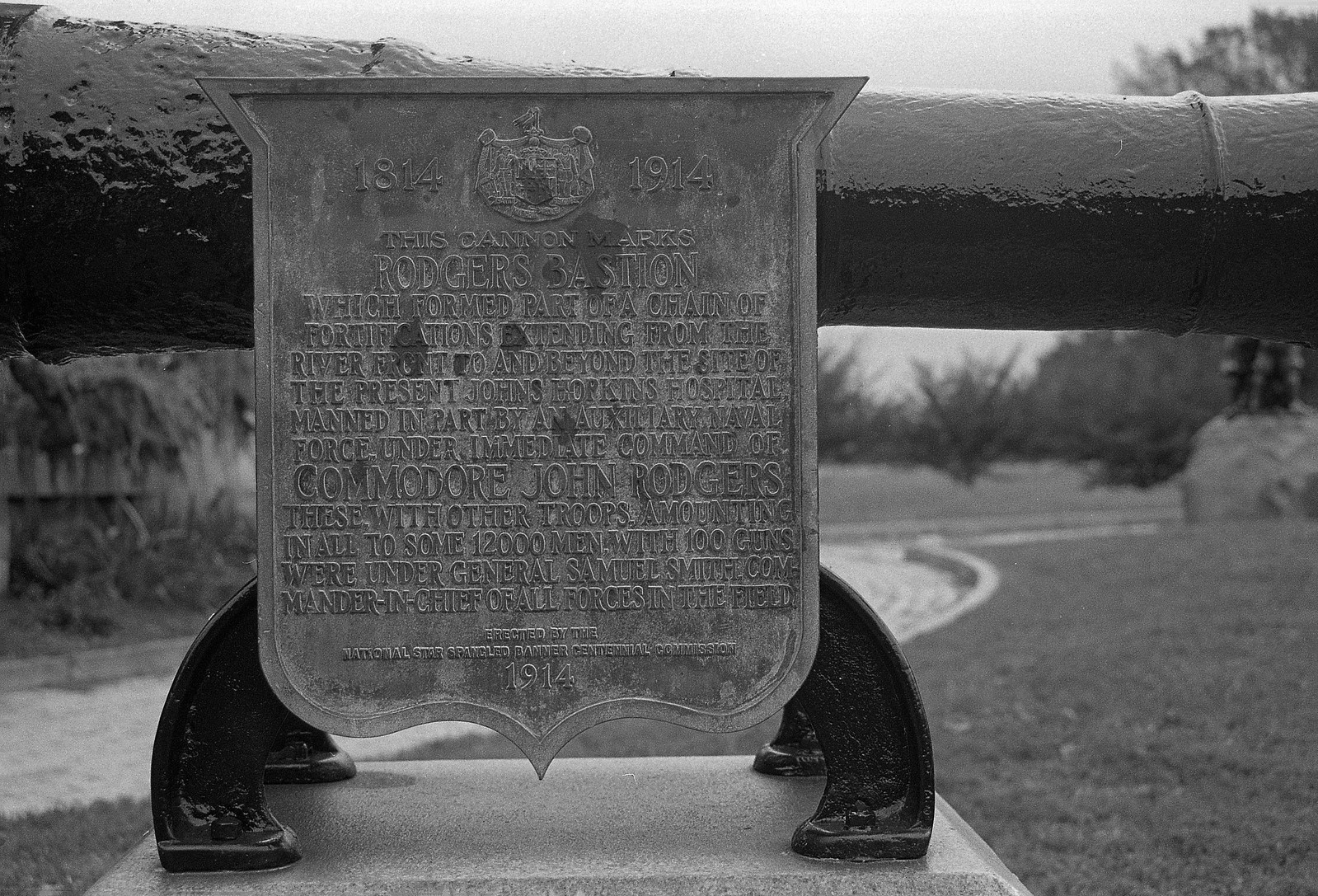


Lowdown
I do need to get another bottle of FA-1027, and may even make use of it instead of Pyrocat-HD for my railroad project later this summer since I do want to include a bit of zone system work and darkroom printing into that project. While not an inexpensive developer, costs about 35.50$ (CAD), it is economical, having the capacity to develop a large amount of film with a small amount of chemistry. With a long-lasting formula, you can stretch its use over a couple of years. I guess I will see how I feel when I start getting the materials together for the project. Sadly FA-1027 being a highly-specialised developer your average photographic supply store doesn’t carry it. Still, the speciality ones do, in Canada Argentix.ca carries the stuff or you can order it directly from the Photographer’s Formulary or Freestyle Photographic. Either way, you won’t be disappointed with the results providing you take the needed care in exposing your negatives. But I get the idea that if you’re reaching for FA-1027, you’re doing that already.



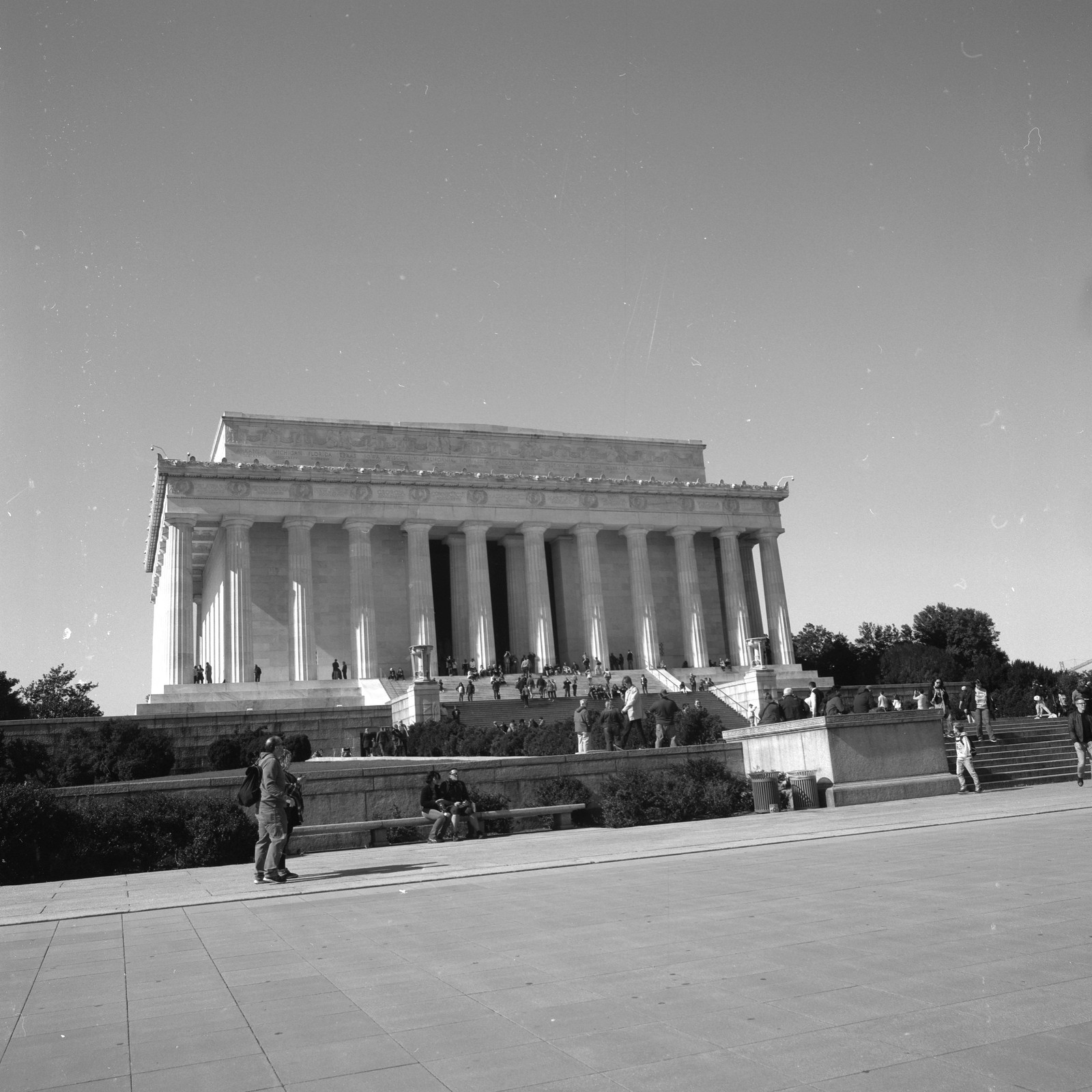
Recommended Reading
Don’t just take my word on FA-1027 check out these other blogs on the subject!
Film Photography Project – Developing B&W – Beyond the Basics
Mere Film Photography – FA-1027
Photographer’s Formulary – FA-1027 Product Page